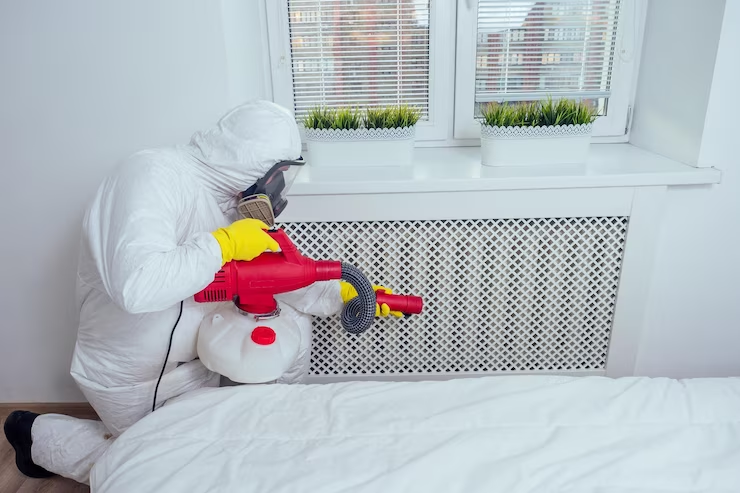Start Getting Better Sleep With Bed Bug Treatment
Bed bugs, those elusive and persistent pests, pose a significant challenge when it comes to eradication. These tiny insects have an uncanny ability to hide in the smallest of cracks and crevices, making their detection and elimination a daunting task. Fortunately, a range of treatment options is available to effectively combat bed bug infestations. From chemical treatments to heat-based solutions, there are diverse approaches to address this issue. This article will delve into common bed bug treatments, exploring how they can swiftly and efficiently rid your space of these bothersome insects. Bed bugs, measuring a mere 5-7mm in length, are wingless creatures that exclusively feed on the blood of warm-blooded hosts, including humans. While their existence spans centuries, recent years have witnessed a surge in bed bug infestations, attributed to factors such as international travel and insecticide resistance.
These pests, typically hiding during daylight hours and emerging at night to feed, can be found in various locations, such as beds, mattresses, and upholstered furniture. This is why bed bugs treatment is crucial if you are dealing with a problem like bed bugs. Cracks and crevices in walls and floors near sleeping areas also serve as potential hiding spots. Although bed bugs do not transmit diseases, their bites can result in itchy welts and the infestations are often accompanied by an unpleasant musty odour due to excrement staining from their habitat.
Identifying signs and symptoms of bed bug infestations is crucial. Unusual bites on the skin may indicate their presence. The most conspicuous sign is the discovery of live or dead bugs in your living space. These apple seed-sized insects tend to hide during the day in dark corners, making them challenging to spot. Additionally, black spots, droppings, and tiny brownish eggs on fabric items can signal an infestation.
Prevention is key, and regular inspection for evidence of bed bugs is paramount. Dark spots on mattresses, potentially indicating faecal matter, should be carefully monitored.
Now, let’s delve into bed bug treatment. Eradicating these resilient pests requires a strategic approach. Begin by identifying and sealing potential entry points in your home. Chemical treatments, such as insecticides and growth regulators, are effective when applied to visible and hidden locations where bed bugs may reside. Pyrethrins or neonicotinoids disrupt their nervous systems, leading to mortality or decreased reproductive capabilities.
In addition to chemical treatments, heat treatments have proven to be highly effective in eliminating bed bugs. Exposing infested areas to high temperatures, typically above 120°F (49°C), can effectively kill bed bugs and their eggs. This method is especially useful for items that cannot be treated with chemicals, such as certain fabrics and electronics.
Professional pest control services offer a comprehensive solution to bed bug infestations. These experts employ specialized tools and techniques to identify, treat, and prevent pests. Their knowledge and resources make the process safer and more effective than DIY methods or over-the-counter products. Professional pest control services not only eliminate existing infestations but also guide in preventing future occurrences.
In conclusion, treating bed bugs is a multifaceted process requiring a combination of chemical and non-chemical control measures. Effective treatment involves a comprehensive strategy, and professional pest control services are recommended for severe or widespread infestations. Their expertise ensures a thorough and lasting solution to the persistent challenge of bed bugs in your living space. By adopting a proactive approach to prevention and utilizing a combination of treatment methods, you can effectively combat and eliminate bed bug infestations, creating a comfortable and pest-free environment in your home or business.
